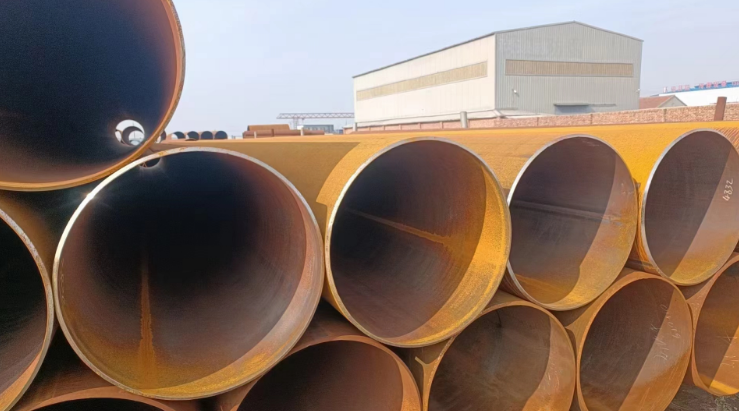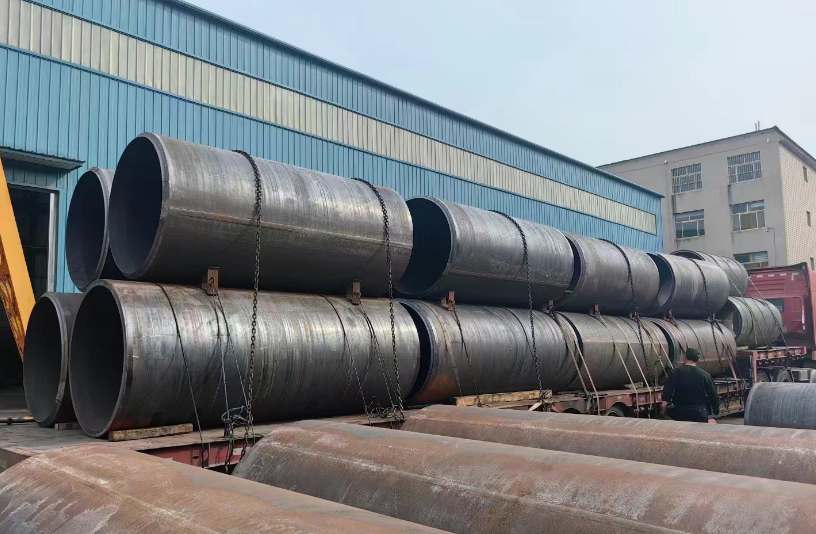Low carbon steel is a type of ferrous alloy that contains a relatively low percentage of carbon, typically ranging from 0.05% to 0.25% by weight. This composition makes it a versatile material with a wide range of applications across various industries. However, the question of whether is low carbon steel expensive is not a straightforward one, as it depends on several factors.

Is low carbon steel expensive?
Firstly, it’s crucial to understand that the price of any metal, including low carbon steel, is influenced by global market forces. Supply and demand play a significant role in determining prices. When demand for low carbon steel exceeds supply, prices tend to rise. Conversely, when supply outweighs demand, prices may decline. This dynamic relationship can be influenced by a number of external factors, including global economic conditions, political events, and natural disasters.
Moreover, the cost of low carbon steel is also affected by the production process. The refining and processing of iron ore into low carbon steel involve complex steps that require significant energy and raw materials. The cost of these inputs, as well as the efficiency of the production process, can have a significant impact on the final price of the steel.
Regional variations also play a role in the pricing of low carbon steel. Prices can vary significantly from one market to another, depending on local demand, production capacity, and trade policies. For instance, countries with limited domestic production capacity may rely on imports, which can drive up prices due to tariffs and transportation costs.
In addition to these macroeconomic factors, the specific grade and quality of low carbon steel can also influence its price. Different grades of steel have different chemical compositions and mechanical properties, which are tailored to meet specific application requirements. Higher-grade steel, with superior strength and corrosion resistance, often commands a higher price tag.
Moreover, the form and size of low carbon steel also affect its pricing. For instance, steel sheets, plates, bars, and tubes come in various thicknesses, lengths, and diameters, each with its own unique pricing structure. The manufacturing process and raw material requirements for each form can vary significantly, leading to differences in cost.
It’s worth noting that while low carbon steel may not be the most expensive metal on the market, it offers a cost-effective solution for many applications. Its excellent weldability, formability, and machinability make it a popular choice for a wide range of industries, including construction, automotive, and machinery manufacturing.
Conclusion
In conclusion, the answer to the question “Is low carbon steel expensive?” is not straightforward. The price of low carbon steel is influenced by a myriad of factors, including global market forces, production costs, regional variations, grade and quality, as well as the form and size of the steel. While it may not be the cheapest metal available, low carbon steel offers a balance between cost and performance that makes it a highly desirable material for numerous applications.
Thank you for reading our article and we hope it can help you to find the answer to the question: Is low carbon steel expensive? If you are looking for low carbon steel suppliers and manufacturers online now, we would advise you to visit Huaxia Steel.
As a leading supplier of carbon steels from Shanghai China, Huaxia Steel offers customers high-quality carbon steel products such as carbon steel, tool steel, alloy steel, and carbon steel tubes at a very competitive price.








